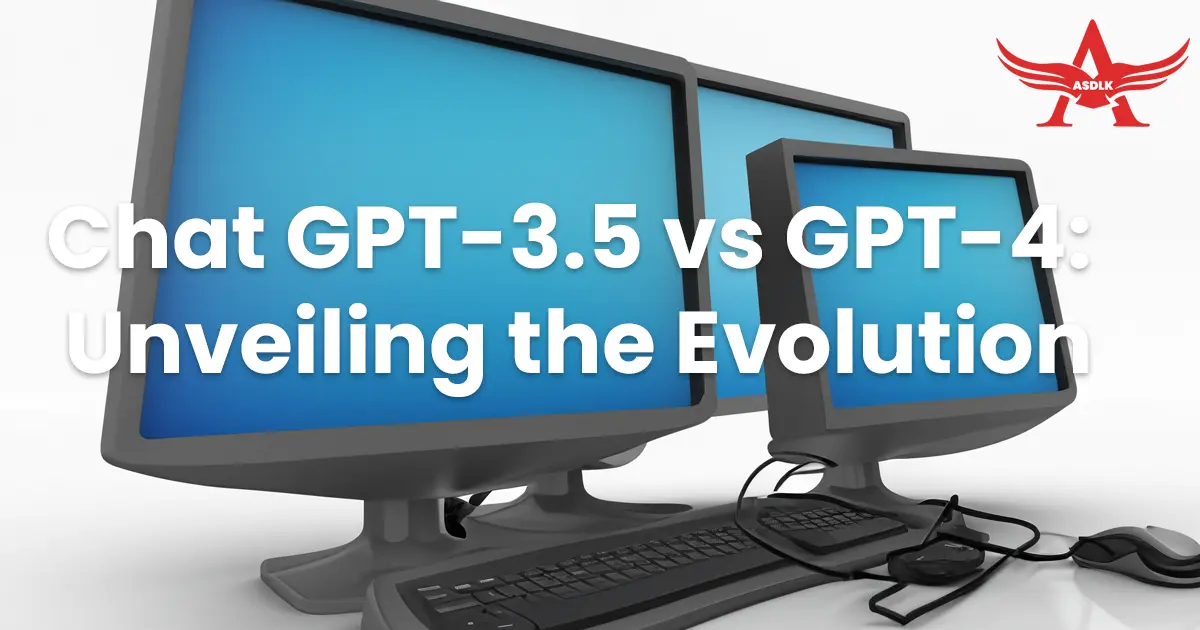The rapid advancements in artificial intelligence (AI) have led to the development of increasingly sophisticated language models. Among these, the Generative Pre-trained Transformers (GPT) series by OpenAI stands as a testament to the remarkable progress in natural language processing. In this article, we delve into the evolution of these models, focusing on the differences between GPT-3.5 and GPT-4. We will explore the technical enhancements, potential applications, and the implications of these two groundbreaking AI systems.
GPT-3.5: A Brief Overview
Before we delve into the improvements of GPT-4, let’s take a moment to understand GPT-3.5. GPT-3.5, also known as GPT-3 with minor upgrades, represented a significant leap in AI language models when it was introduced in 2020. It boasted an impressive 175 billion parameters, enabling it to generate human-like text and perform various language-related tasks with astonishing accuracy. GPT-3.5 was a milestone in AI development, but it had its limitations, primarily in terms of understanding context and generating truly creative content.
GPT-4: The Next Frontier
GPT-4 emerges as the next logical step in the evolution of AI language models. With an anticipated increase in parameters and various improvements over its predecessor, GPT-4 promises to redefine the capabilities of AI-driven natural language understanding and generation.
Parameter Boost: Bigger is Better?
One of the most anticipated improvements in GPT-4 is its parameter count. While the precise number is a closely guarded secret at the time of writing, it is expected to be significantly larger than GPT-3.5’s 175 billion. This increase in parameters enhances the model’s capacity to understand context, generate coherent text, and potentially offer more nuanced responses in various applications.

However, the question arises: does a higher parameter count necessarily mean better performance? While more parameters can lead to improved performance on certain tasks, they also demand vast computational resources, making them less accessible for smaller organizations and research projects. Additionally, increasing the parameter count may not necessarily solve all the limitations inherent in language models, such as biases and ethical concerns.
Fine-Tuning for Contextual Understanding
One of the key challenges in AI language models is their ability to grasp context effectively. GPT-4 aims to address this limitation through improved fine-tuning mechanisms. Fine-tuning refers to the process of adapting a pre-trained model for specific tasks or domains. GPT-4 is expected to have more advanced fine-tuning capabilities, enabling it to understand and respond to context in a more nuanced manner.
This enhancement opens the door to a wide range of applications, from chatbots that provide more context-aware responses to content generation systems that can seamlessly integrate with specific industries like healthcare, finance, and legal services.
Reducing Biases and Ethical Concerns
The issue of biases in AI language models has garnered significant attention in recent years. GPT-3.5, like its predecessors, was not immune to biases present in its training data. GPT-4 is expected to incorporate more robust bias mitigation techniques, aiming to reduce the generation of biased or offensive content.
Additionally, OpenAI has shown a commitment to making AI technologies safer and more accessible. GPT-4 is likely to come with enhanced ethical and safety features, empowering developers to create responsible AI applications while reducing the risk of misuse.
Applications of GPT-4: From Creative Writing to Scientific Research
The possible uses of GPT-4 span a broad and varied spectrum. Here are a few domains where GPT-4 could make a substantial impact:
- Creative Writing: GPT-4 could revolutionize the creative writing industry by assisting authors in brainstorming ideas, generating plotlines, and even co-writing novels. Its improved contextual understanding could help maintain consistency in long-form narratives.
- Healthcare: GPT-4 could be used to analyze medical records, assist with diagnosis, and generate patient-specific medical reports, potentially reducing the burden on healthcare professionals.
- Scientific Research: Researchers could leverage GPT-4 to sift through vast amounts of scientific literature, summarize papers, and even propose novel research hypotheses based on existing knowledge.
- Education: GPT-4-powered virtual tutors could provide personalized learning experiences, adapting to individual student needs and helping bridge educational gaps.
- Customer Support: Enhanced contextual understanding could lead to more effective AI-driven customer support chatbots, offering better assistance to users.
The Ethical and Societal Implications
As AI language models like GPT-4 continue to advance, ethical considerations become increasingly important. Issues such as data privacy, bias, misinformation, and the potential for misuse must be addressed. OpenAI and the broader AI community must collaborate to develop guidelines and regulations to ensure responsible AI development and deployment.
Conclusion
GPT-4 represents a significant step forward in the evolution of AI language models. With its expected increase in parameters, improved contextual understanding, and enhanced ethical safeguards, it promises to be a powerful tool with a wide range of applications. However, it also raises important ethical questions that demand careful consideration. As GPT-4 and similar models continue to evolve, it is crucial for society to strike a balance between harnessing their potential and safeguarding against their potential risks. The future of AI language models holds immense promise, but it also comes with great responsibility.